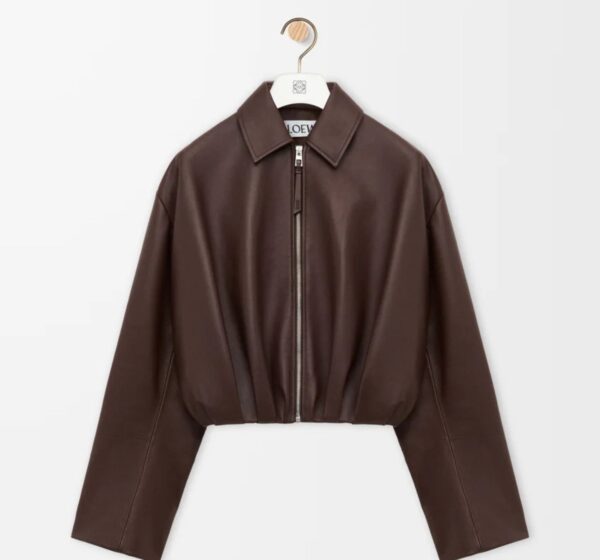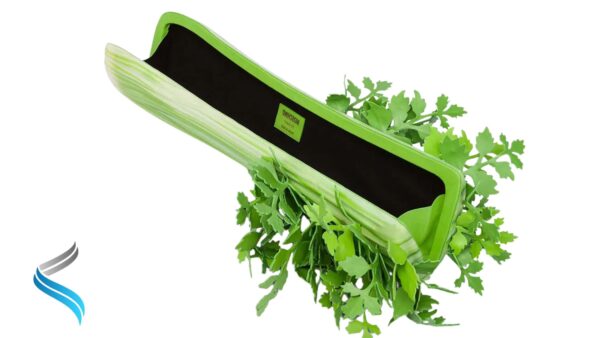Fabric Bathing Suit A Complete Guide to Materials Care Styles
They do not only wear bathing suits to go swimming but to declare their comfort, confidence, and style to everyone. However, did you know it is the material used in your bathing suit that make or break your vacation at the beach or pool? Regardless coming to the water regularly, lying in the sun, or planning your next getaway at a tropical place, knowledge is power when it comes to fabric bathing suits; they will save you time and money and make you look your best.
We will elaborate on all; you need to know about bathing suit fabrics, their strengths and weaknesses, care, and advice on how to choose the one that suits you best so they can be added to your list of must-knows in this ultimate guide. Now, let us jump in
Why Fabric Matters in Bathing Suits
Your bathing suit esthetic also dictates the: how it feels; how it fits; how long it lasts; how it stands up to sun; how it stands to chlorine; and how it stands up to salt water, and all this is determined by the fabric of the bathing suit. By wearing the appropriate fabric swimming suit, you will never be able to experience sagging, fading and uncomfortable dressing- who would not like it
Key benefits of choosing the right fabric include
-
Durability: Better fabrics withstand chlorine and sun damage.
-
Fit: The right stretch keeps your swimsuit snug without digging in.
-
Comfort: Soft, breathable fabrics prevent irritation.
-
Style: Certain fabrics drape better, giving a more flattering silhouette.

Best Fabrics for Bathing Suits
Let’s look at the most common fabrics you’ll find in quality bathing suits, their features, and when you should choose them:
Nylon (Polyamide)
Among the more popular bathing suit materials is called the Nylon (Polyamide) which is a low weight material with a silky feel and stretch ability that hugs the body so well. It feels comfortable to wear, it dries soon when you go swimming, and it has bright colors that are visible on the beach. Nonetheless, during some time nylon can fade and may lose elasticity quicker when one swims a lot and is exposed to direct sunlight or too much chlorine at the pool or one only likes to lounge around the pool.
Polyester
The polyester is a durable material that is ideal to a swimmer who visits the swimming pool regularly. It does not get along with chlorine and maintains its shape, so it may be an effective option in long-term swimwear. Polyester is also bright shedding color and in certain instances more environmentally friendly when compared to nylon. Although it is not as stretchy by itself, making it which could be mixed with spandex to fit better.
Spandex (Elastane/Lycra)
The superstar of swim fabrics is spandex (Elastane/Lycra) which has an incredible stretch. It is utterly elastic enabling the swimsuits to contour with your body and the ability not to constrain to make the suit feel tight. Although spandex can make bathing suits flattering and comfortable, in most cases it is combined with other materials, such as polyester, or nylon since on its own it is not very durable.
PBT (Polybutylene Terephthalate)
PBT (Polybutylene Terephthalate) is a Fabric made of polyester to be used in performance swimwear. It provides excellent chlorine durability and maintains its shape even after repeated swimming thus is popular with competitive and lap swimmers. It will be difficult, but PBT may be a bit abrasive on the skin than fabrics like nylon that are less coarsely woven.
Eco-Friendly Fabrics
Eco-Friendly Wrappings (Econ or recycled polyester) are a reuse of such waste as worn-out fishing nets or plastic bottles. They are durable, strongly colored and feel soft and uncompromisingly, they have low impact on the environment. Such durable fabrics are gaining popularity among manufacturers and people who prefer to choose fashionable but environmentally-friendly cloth, even when it is higher-priced than others.
How to Choose the Right Fabric Bathing Suit
Not every swimsuit is just cute print or a fashionable cut, it is a question of choosing a fabric that will suit you. Begin by considering when you want to wear it. When you swim daily, take durable materials such as polyester blends or PBT that would endure being subjected regularly to chlorine without being ruined.
Also consider the activities you shall be undertaking. Surfers, water aerobics enthusiasts and any other kind of high-intensity water athlete will want a type of fabric with lots of give (stretch and recovery) and polyester/spandex mixes fit the bill here.
What is also important is your style preferences. With flowing, easy hair styles you may prefer the lightweight fabric of nylons blends or the soft eco-friendly ones that your clothes fall beautifully and make you feel laid back and relaxed.
Caring for Your Fabric Bathing Suit
A good quality fabric bathing suit can serve many seasons provided you take care of it in the proper manner. Never leave your swimsuit to dry in salt, chlorinated or sandy water because water has the power to harm the material by rinsing them with cool and very clean water after you are done swimming. Wash it by hand with a low-strength detergent, and bleach, or fabric softeners, as they have the ability to weaken elastic fibers. Once you have washed your suit, leave the suit flat on a towel to dry in the shade.
This will also prevent direct sunlight that may fade colors. Always avoid using the washing machine and dryer to wash your bathing suit or swimwear as they are easily destroyed in the dryer or the wash. In the case you are a frequent swimmer, switch to change some of your swimsuits to give them all some time to regain shape and elasticity, so that they will serve you much longer.
Trending Styles in Fabric Bathing Suits
The modern swimwear is the best example of how fashion and functionality go hand in hand, proven by the latest trends in fabric and bathing suits. Ribbed swimsuits are a sensation, and its texturized garments create depth and contemporary essence. Shimmer and metallic fabric are also trendy and this look is glamorous and attracting,
which is suitable on the poolside during the lounging or parties at the beach. Eco-friendly fabrics and brands like Reformation, Patagonia, and Vitamin A are rising in popularity as well, which makes it a breeze to stay stylish, and still save the planet. There are the retro knits, crochet and knitted swimsuits in quick-drying yarns, which adds a vintage, hippie feel. In the meantime, compression wear is gaining popularity among sports swimmers and people who want increased support and a tight fit good to use in water.
Final Thoughts
Fabric bathing suit is an investment on your comfort, confidence and stylish ways. Being careful about selecting an appropriate material and treating it accordingly, you will have a long-lasting flattering swimsuit, which will not only feel great but will be up to any adventure, whether you are lounging by the swimming pool or riding the waves.






